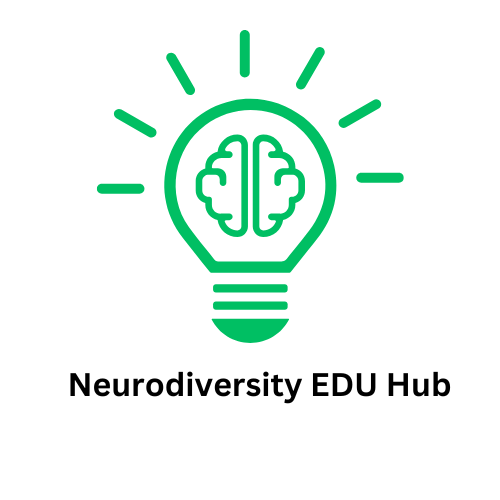
Understanding the Interview Experience
The recent video titled "The Worst Job Interview I Ever Had!" recounts a personal experience that many may find relatable. The interviewee narrates their journey of traveling all the way to London, eager for an employment opportunity. However, what transpired was a disheartening experience dominated by an interviewer who seemed intent on exploiting their vulnerabilities rather than fostering a supportive dialogue. This brings to light crucial conversations surrounding empathy and understanding in the job interview process, particularly for individuals with neurodiversity.
In 'The Worst Job Interview I Ever Had!', the narrative delves into the challenges faced during the interview process, sparking a broader discussion on the need for empathy and support in hiring practices.
The Impact of Neurodiversity on Job Interviews
Neurodiversity encompasses a range of neurological conditions, including ADHD and autism, which can affect one's cognitive functions, including memory and recall. In job interviews, where stress levels often peak, individuals with these conditions may struggle more than others. The storyteller's experience illustrates this vividly. Instead of recognizing the pressures under which the interviewee operates, the interviewer chose to focus on their weaknesses. This lack of empathy not only undermined the candidate's confidence but also showcased a fundamental flaw in the interviewer's approach.
Empathy: A Crucial Quality for Interviewers
As anyone who's been in a job interview can tell you, the process can be daunting. For candidates, especially those who face emotional or cognitive challenges, an interviewer’s compassion can make all the difference. Managers and companies would benefit immensely from understanding that interviews should serve as a platform for candidates to showcase their strengths while feeling safe to express their concerns. When interviewing, consider the whole person. This means looking beyond the resume and job qualifications.
Supportive Practices for Interviewers and Employers
Choosing to create a supportive environment during interviews is not only humane but can also lead to better hiring decisions. Employers should consider training interviewers on inclusivity and the nuances of neurodiversity. By fostering a safe space that encourages open communication, companies can attract diverse talent that will ultimately enrich their workplace culture.
Turning Negatives into Positives
The story closes with a note of resilience, reminding those who have faced similar hostile interviews that the right opportunity is often just around the corner. It emphasizes the importance of self-worth and the realization that not every organization aligns with one’s values or potential. Finding a workplace that aligns with one’s strengths can lead to a fulfilling career.
Encouragement for Candidates
If you've ever left an interview feeling dejected, it’s important to remember that your worth isn’t determined by one person's opinion. The education that you can garner from negative experiences can fortify your resolve and lead you toward a job that not only appreciates but celebrates your uniqueness. Organizations that understand your strengths—as well as your challenges—will support your growth and help you thrive.
Final Thoughts: The Journey to Right Employment
As storytelling brings these themes to light, let us encourage both candidates and interviewers to approach the process with mutual respect. Much can be learned by appreciating each person's unique journey. In the end, it is the understanding and compassion we show to one another that can turn an unsettling experience into a triumphant new beginning.
 Add Row
Add Row  Add
Add 




Write A Comment